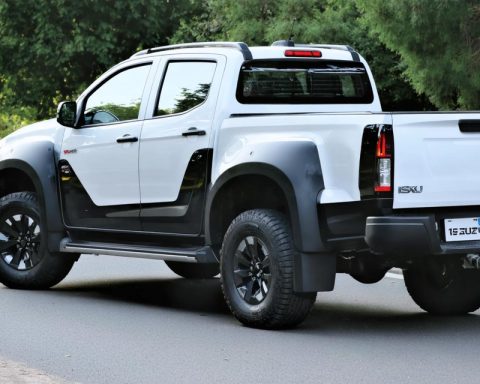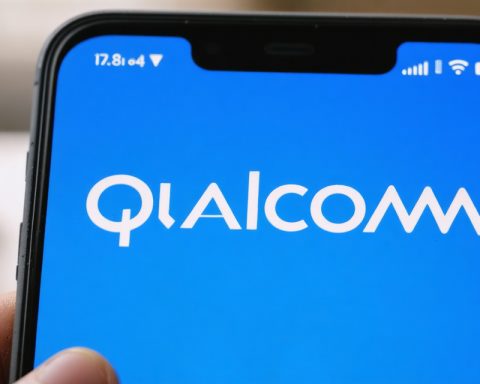Google recently announced updated minimum requirements for Android Auto, effective July 2024. Users now need a smartphone running Android 9.0 Pie or higher, limiting access to the application due to its evolving demands for proper functionality and security.
If you’re still using a device with Android 8.0 Oreo to connect to your vehicle via Android Auto, it’s time to consider an upgrade. Failure to meet the new requirements means missing out on updates and eventually losing functionality on your device. While this change may not affect most users significantly, it highlights Google’s commitment to enhancing user experience and system security as technology progresses.
It’s crucial to note that these are the minimum requirements for using Android Auto with a wired connection. For wireless usage, Google mandates Android 11.0 or higher, or Android 10.0 with specific Google Pixel and Samsung Galaxy devices.
The latest Android Auto update addresses issues such as sudden disconnects and pairing difficulties that had been causing frustration among drivers. Unforeseen disconnections could disrupt crucial functions like navigation and hands-free calls, impacting the overall driving experience.
Despite these functional updates, there are no major visual changes in this recent Android Auto update. The app launcher and visual components like Google Maps remain unchanged, demonstrating a focus on internal improvements and performance optimization over aesthetic modifications.
Google’s emphasis on enhancing internal functionalities while maintaining a consistent user experience aligns with its approach to providing reliable and functional updates to users.
Exploring Further: Android Auto Compatibility Requirements Unveiled
Google’s recent announcement regarding the updated Android Auto compatibility requirements has stirred discussions among tech enthusiasts, highlighting the evolving landscape of the automotive technology sector. While the previous article shed light on the primary changes, additional crucial details delve deeper into the implications and challenges associated with these updates.
Key Questions:
1. What specific features or functionalities might be affected by the new minimum requirements set by Google for Android Auto?
2. How are automotive manufacturers adapting their systems to accommodate these evolving compatibility demands?
3. Are there any potential privacy or security concerns associated with the advancements in Android Auto technology?
One of the primary concerns stemming from the latest compatibility requirements is the impact on older Android devices. Users relying on smartphones with Android versions lower than 9.0 Pie may face limitations in accessing certain functions or may encounter compatibility issues in the future. This raises the necessity for users to consider device upgrades to continue enjoying a seamless Android Auto experience.
Challenges and Controversies:
The shift towards higher Android versions poses challenges for individuals who prefer to retain their current devices without upgrading. This raises questions about the longevity of support for older hardware and the balance between advancing technology and alienating existing users.
Advantages of these updated compatibility requirements include enhanced system security and improved functionality, ensuring a more stable and reliable user experience. By aligning the minimum requirements with current technology standards, Google aims to future-proof the Android Auto platform and maintain its competitiveness in the market.
However, one notable disadvantage is the potential exclusion of certain users who may be unable or unwilling to meet the new requirements, leading to a fragmented user base and varying levels of access to Android Auto features. This disparity could lead to a divide in the user experience, with some individuals benefiting from the latest updates while others lag behind due to hardware limitations.
Related Links:
1. Google – Stay informed about the latest developments in Android Auto compatibility requirements on Google’s official site.



















